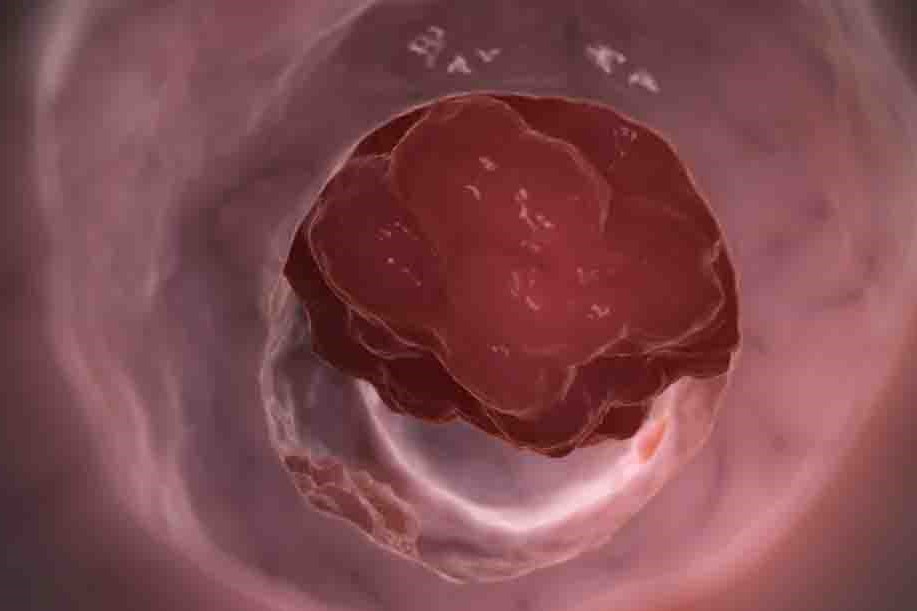
Endoscopic polypectomy: what it is, when it is performed
What is an Endoscopic Polypectomy? Polyps are protrusions of the intestinal mucosa and stomach, mostly benign in nature
Some polyps (adenomas) can, if left in place and if they become very large, degenerate and become malignant.
In fact, it is now established that most malignant tumours of the intestine derive from polyps (adenomas) that were initially benign.
For this reason, polyps of the stomach and intestine must be removed.
Today, it is possible to do this endoscopically and no longer by surgery as was necessary in the past.
How an endoscopic polypectomy is performed
Through a small flexible tube with a camera at the tip or lenses (fibre optics) and equipped with its own light, which is introduced through the mouth (gastroscopy) or rectum (colonoscopy), the doctor performing the examination can see the polyp(s).
Polyps can be either pedunculated or broad-based.
Pedunculated polyps can be easily removed in one piece by severing the peduncle at the base with a special electric scalpel made in the shape of a noose.
In the case of those with a large base, especially if they are large, it may be necessary to detach them piece by piece, and thus it may take more than one session to remove them completely.
In some cases, lasers are also used to burn off the base of large polyps.
It is indeed extremely important to remove the polyp completely to prevent it from reforming.
The histological examination
Before removing the polyp, the doctor may take small tissue fragments (biopsies), which are then sent to the laboratory for microscopic or histological analysis.
The removed polyp is also retrieved and sent to the laboratory for histological examination.
The histological examination is very important because it makes it possible to diagnose the nature of the polyp and to ascertain whether or not future examinations will be necessary.
Furthermore, in the case of larger polyps, it is important to check whether there are transforming cells inside them (dysplasia), and where these cells are located.
Endoscopic polypectomy is, in fact, a definitive therapy in almost all cases
But when there are cells in an advanced stage of transformation (severe dysplasia) located at the base of the polyp or in the pedicle, it is necessary, for a complete and definitive cure of the disease, to perform surgery to remove the section of the intestine or stomach where the polyp was located.
Polypectomy is a safe procedure
However, it is necessary for the patient’s blood clotting capacity to be normal.
You will therefore be asked to take blood tests to ascertain this.
It is also important that you tell your doctor if you are taking any medications (anticoagulants, anti-platelet or anti-inflammatory) that may alter blood clotting.
The incidence of complications of polypectomy is relatively low.
The main complications are haemorrhage at the site of polyp removal and perforation, which are more frequent when large polyps are removed.
Both of these complications can be resolved with medical or endoscopic treatment, and only in some cases will surgery be necessary.
Read Also:
Emergency Live Even More…Live: Download The New Free App Of Your Newspaper For IOS And Android
Short Bowel Syndrome: Causes, Therapy, Diet
Vomiting Blood: Haemorrhaging Of The Upper Gastrointestinal Tract
Pinworms Infestation: How To Treat A Paediatric Patient With Enterobiasis (Oxyuriasis)
Intestinal Infections: How Is Dientamoeba Fragilis Infection Contracted?
Gastrointestinal Disorders Caused By NSAIDs: What They Are, What Problems They Cause
Intestinal Polyps: Diagnosis And Types
Differences Between Mechanical And Paralytic Ileus: Causes, Symptoms And Treatment


